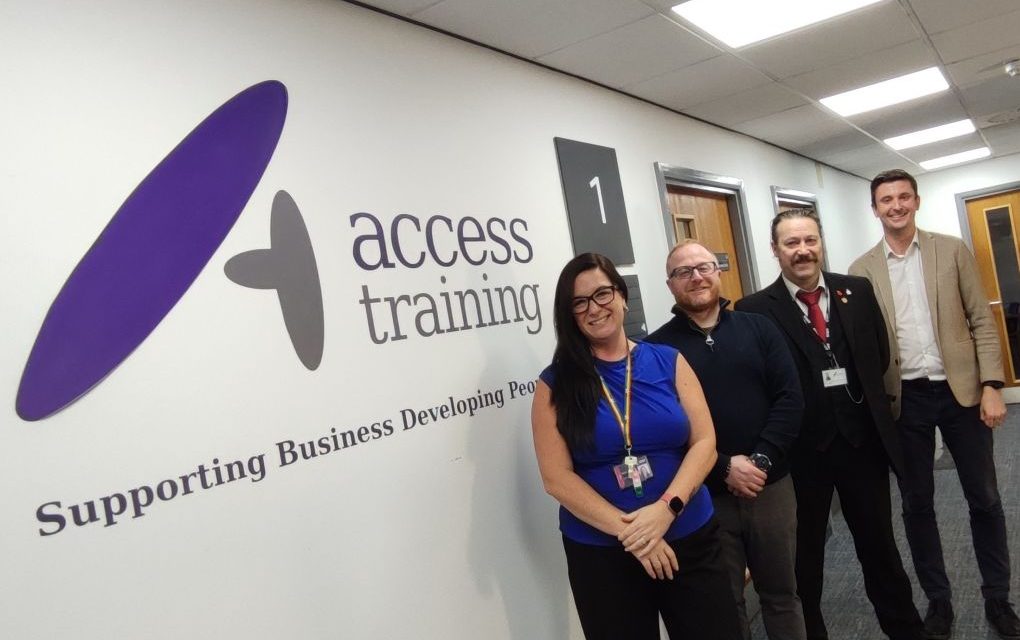How to start effectively adopting technological change

New technologies are reshaping the workplace and revolutionising the way people work. The skills sector is no exception, where technological adoption can improve efficiency, aid remote delivery, and increase achievement rates. Businesses that do not adopt new technologies are at risk of falling behind and putting their services at a disadvantage. However, effectively embracing and enforcing new technologies can be overwhelming as many employers do not know where to start. Below are some achievable strategies and approaches that can help the skills sector effectively adopt technological change.
1. Understand the landscape
To effectively adopt technological change, it is important to have a clear understanding of the technological landscape. This involves identifying key technological trends that are shaping industries and the workforce in sectors that are relevant to the business. One way in which individuals can do this is by making marginal gains by learning some of the new tools in existing technology used by the business.
2. Make marginal gains
In an era of constant technological evolution, ongoing learning is essential to keep up with changes. However, instead of transformative change, technology can be taken advantage of by making incremental improvements in our everyday working lives. For example, learning one new thing every day, such as a new/unused feature in existing software. Furthermore, staff can benefit from micro-credentials, online courses, and certification programmes that allow professionals to acquire new competencies in bitesize chunks without committing to long-term education.
3. Take advantage of existing platforms
Businesses can take easy steps to adopt technological change without having to invest lots of money or making considerable changes to the way they operate by taking advantage of features on platforms they already use. Many platforms that businesses already use on a day-to-day basis have functions that incorporate new technologies that can aid users, employees just don’t know about them or how to use them. For example, Microsoft CoPilot, an AI tool that uses large language models with data from other Microsoft 365 apps, is available in Bing and is soon to be in other Microsoft products as a tool for users.
4. Use what is easy to access and already available
Businesses can take action to understand the landscape, make marginal gains, and take advantage of existing platforms by making use of information already available to them. This includes watching training videos on YouTube or other video platforms, asking colleagues to share existing knowledge, use in-programme demos, outsource personnel with more experience to train staff, use other training programmes or websites, use Google or online information forums, or watching relevant content creators on social media.
5. Lifelong learning and reskilling
As technology continues to reshape industries, reskilling and upskilling become essential for individuals to remain employable. The skills sector should promote a culture of lifelong learning, encouraging individuals to continuously update their skills.
First Intuition offers a Digital Finance Programme to help businesses get structure and clarity. This is to ensure their teams understand the implications of increasingly critical technologies and can start to harness the benefits they offer. Find more information about Digital Finance Programme here.











Responses